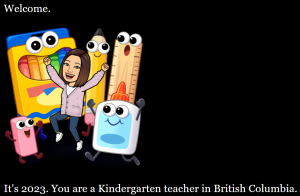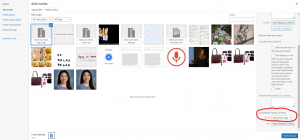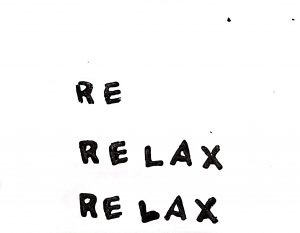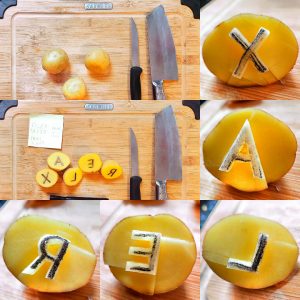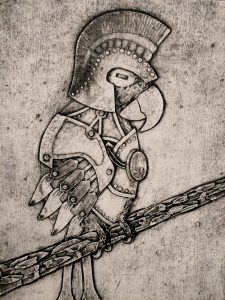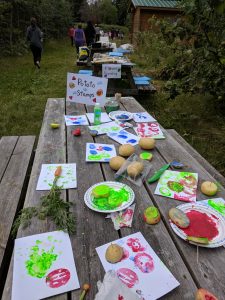The assignment “What’s in your bag?” enabled us to discover aspects of ourselves indirectly without resorting to the overused question, “tell us a little about yourself?” Although the task focused on the contents of our bags, we revealed more about ourselves through the items we chose to include. Many of us used language and visuals, such as pictures and written words, to convey our identities in the original task (See Task 1). The primary mode of my new creation was through sound. Various elements like music and sound effects were incorporated to enrich the experience. Following the New London Group’s (1996) belief that all meaning-making involves multiple modes, I aimed to represent my identity in a multimodal way and determine if my bag could convey even more about me.
Transforming a visual representation into an audio format was a challenging task, and it took me some time to devise a strategy that would allow me to deliver the content in an engaging and informative manner without simply reciting a list of items in my bag. In the redesign process, I shifted my perspective from myself to the objects in my bag, and my final work incorporated linguistic and audio design elements, as per The New London Group’s (1996) belief that all meaning-making involves multiple modes. This process was similar to the Voice to Text assignment, where I observed that speaking instead of writing could influence the message’s delivery.
References
New London Group. (1996). A pedagogy of multiliteracies: Designing social futures. Harvard Educational Review, 66(1), 60-92.



























 ️
️








